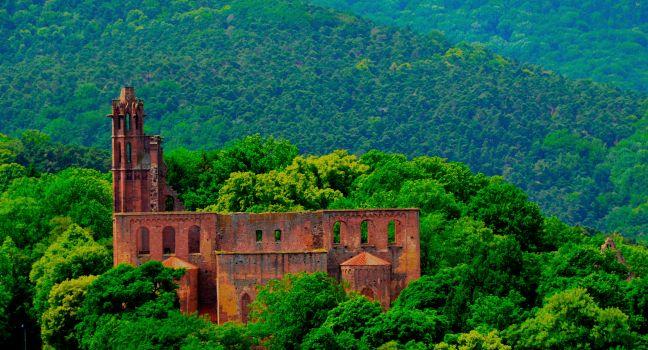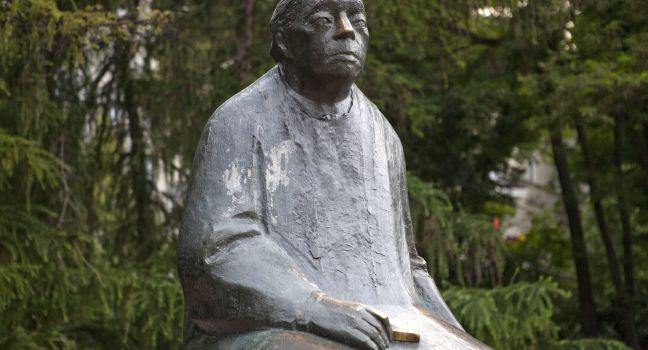One less strenuous way into the Berchtesgaden National Park is via electric boat. Only the skipper of these excursion boats is allowed to shatter the silence on the Königssee (King's Lake)—his trumpet fanfare demonstrates a remarkable echo as notes reverberate between the almost vertical cliffs that plunge into the dark green water. A cross on a rocky promontory marks the spot where a boatload of pilgrims hit the cliffs and sank more than 100 years ago. The voyagers were on their way to the tiny, twin-tower baroque chapel of St. Bartholomä, built in the 17th century on a peninsula where an early-Gothic church once stood. The princely rulers of Berchtesgaden built a hunting lodge at the side of the chapel; a tavern and restaurant now occupy its rooms.
Smaller than the Königssee but equally beautiful, the Obersee can be reached by a 15-minute walk from the second stop (Salet) on the boat tour. The lake's backdrop of jagged mountains and precipitous cliffs is broken by a waterfall, the Rothbachfall, which plunges more than 1,000 feet to the valley floor.
Boat service on the Königssee runs year-round, except when the lake freezes. A round-trip to St. Bartholomä and Salet, the landing stage for the Obersee, lasts almost two hours, without stops. A round-trip to St. Bartholomä lasts a little over an hour. In summer, the Berchtesgaden tourist office organizes evening cruises on the Königssee, which include a concert in St. Bartholomä Church and a four-course dinner in the neighboring hunting lodge.






